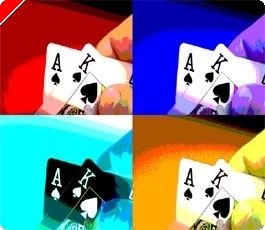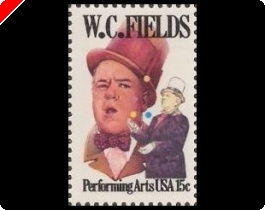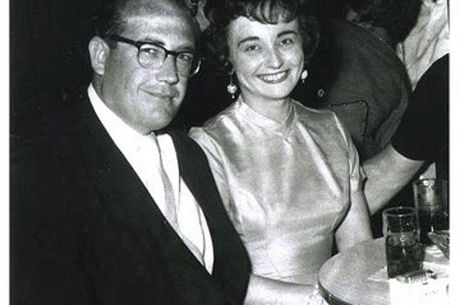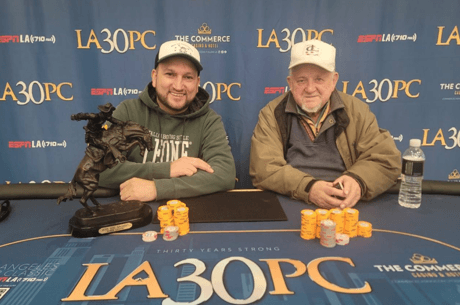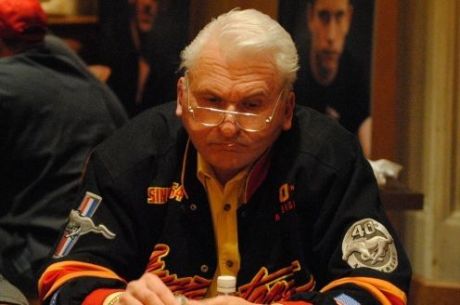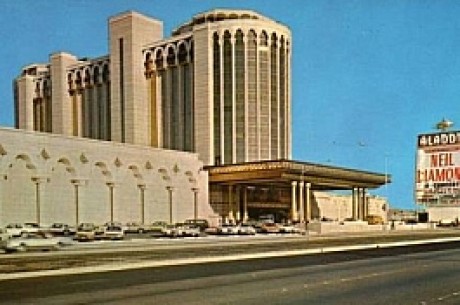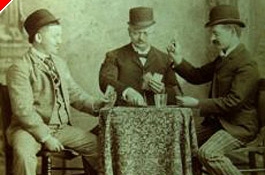From the Poker Vaults: The Mayfair Club, Part 1
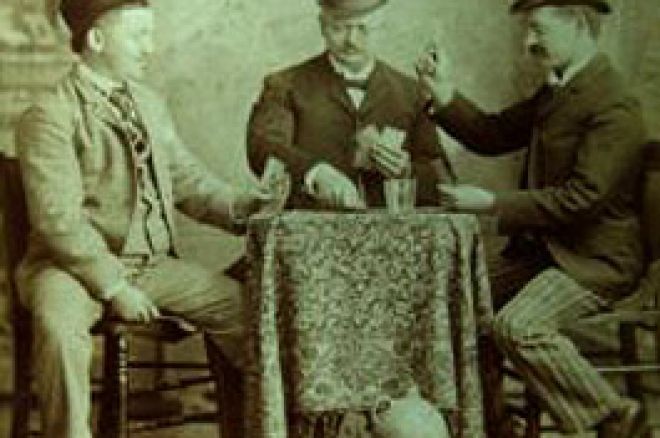
In the early 1980s, very few people outside of a small community of bridge and backgammon players in New York City had ever heard of the Mayfair Club. Founded in the 1940s by Harry "Fishy" Fishbein, winner of twelve national bridge championships during his Hall of Fame career, the Mayfair was housed in the basement of a nondescript East Side high-rise not far from Manhattan's Gramercy Park and initially catered only to bridge players.
In 1953, Fishbein sold the club for $50,000 to Al Roth, another legendary bridge player best known for having created the famed "Roth-Stone" bidding convention. Fueled by his love of bridge, Roth proved to be a diligent club manager until the late 1970s when he began spending more and more time in Boca Raton, Florida. In his absence, bridge began to take a back seat to backgammon as the most popular game in the house, and just a decade later another game of calculated risk and expected value — poker — would work its way into the lineup of games played at the Mayfair in the same, slow, organic fashion backgammon had previously grown.
Examining a list of the club's most dedicated backgammon players from the early 1980s, one would recognize a disproportionately large number of names — Dan Harrington, Erik Seidel, Jason Lester, Steve Zolotow, and Paul Magriel, just to name a few — from the fame these players would go on to acquire in the world of high-stakes poker. Some sources designate Seidel as the man who introduced Texas hold'em to the club after he discovered the game during a trip to Las Vegas in 1985. Others credit Zolotow and Magriel, pointing to a specific proposition once created by the man known as "X-22."
As the story goes, Magriel challenged Zolotow to a backgammon match and offered to handicap himself by setting up the initial board in a way that gave his opponent a slight advantage.
"Because I'm taking the side that's a 3-2 [under]dog," said Magriel, "we're only going to do this once."
"Fine," said Zolotow. "We'll only do it once."
But after Magriel failed to overcome the handicap he had imposed on himself he quickly changed his tune.
"Let's play it one more time. Same set up."
"No way," responded Zolotow. "You said we were only going to play it once."
"Fine. Then how about a game of klaviash [klaberjass]?"
Zolotow happily agreed before rising from the table to go to the bathroom. While he was gone, someone tipped off Magriel about Zolotow's prowess at klaviash, prompting Magriel to scramble to come up with a game that would make for a better match.
"How about we play a poker freezeout instead?" he suggested to Zolotow upon his return to the table. "Texas hold'em."
The switch to poker hardly bothered Zolotow for he believed he had an equally large advantage in that game. The two players started with 15 chips apiece with blinds of one and two, and Zolotow went on to win both of the heads-up matches they played.
This proposition, challenging an opponent to a game of backgammon with no cube or to a three-point match, and then going double-or-nothing playing a hold'em freezeout, soon became a common practice at the Mayfair. Typically, the players bet with backgammon chips when they were playing poker because the club didn't have any poker chips at the time. The players also dealt the cards themselves, a practice that would continue even after the Mayfair became an established card room.
The latter arrangement occasionally led to some problems. On one such occasion two players who were fairly new to the club and who had previously played only in small stakes games there suddenly decided to jump into the biggest poker game the Mayfair offered. The two men sat next to each other at the table and quickly won several large pots. A couple players at the table suspected foul play and chose to quit the game, but the rest played on, hoping to teach the suspected cheats a lesson.
An opportunity to do so finally arrived when the following hand arose. One of the suspected cheaters was dealing, and he dealt Jason Lester A-K and Billy Horan pocket aces. The flop came A-K-2, and Lester got all his money into the pot. Both Horan and the dealer called, creating a pot worth more than $50,000 and leaving them with less than $1,000 apiece.
As the dealer started to deal the turn card, Horan stopped him, insisting that the deck be cut first. The dealer protested, but he had no recourse — it was a house rule that any player involved in a hand could ask for a cut at any point in time.
After grudgingly cutting the cards, the dealer dealt a blank on the turn. Knowing his set of aces was still good, Horan shoved his last $800 into the pot. Even though he was getting over 50:1 odds to call, the dealer mucked his hand because he knew the miracle card he needed wasn't going to come. His fold confirmed everyone's suspicions. The two players were told to leave and never to return.
This sort of shady behavior would grow increasingly rare as the Mayfair worked to establish a higher level of security. In the future, players new to the club had to be vouched for by a regular and not one but two security doors were installed.
By the end of the 1980s the Mayfair would become known as the finest underground poker club in all of New York City. It would also gain a reputation as a breeding ground for poker greats when a handful of its regular players started winning some of the biggest poker tournaments in the world, including countless events at the World Series of Poker.
Storms Reback co-wrote All In: The (Almost) Entirely True Story of the World Series of Poker, and collaborated with Sam Farha on Farha on Omaha: Expert Strategy for Beating Cash Games and Tournaments.

